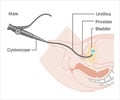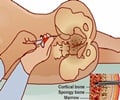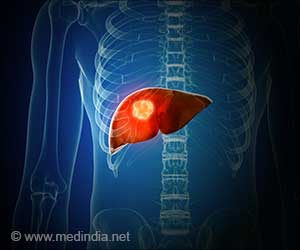A group of Carnegie Mellon University (CMU) researchers have developed a prototype robot-capsule which is adhesive enough to anchor inside an intestine, and yet gentle enough not to tear soft tissue.
A prototype robot-capsule which is adhesive enough to anchor inside an intestine, and yet gentle enough not to tear soft tissue has been developed by a group of Carnegie Mellon University (CMU) researchers.
The researchers say that the anchoring robot can be swallowed like a normal pill, and move through the body until it reaches the gut.With the help of a wireless control, they add, a doctor can tell the robot when to expand its legs and anchor.
The research team believes that such a robot can make it possible to peer painlessly inside the human body, and revolutionise biopsies, drug delivery, heat treatment, and other treatment applications.
Mark Schattner, a gastroenterologist at the Memorial Sloan-Kettering Cancer Center who was not involved in the work, thinks that such robotic tools may help control the movement of camera pills that have been in use for transmitting images of the intestines for the past several years.
"The number-one use would be biopsy. The other would be control of bleeding--if you could cauterize or laser a source of bleeding, that would be (a) major therapeutic use," says Schattner.
Though the CMU robot is not yet ready for such uses, its ability to safely anchor in the body is being seen as the first step in realising more-advanced applications.
Advertisement
He reckons that the development of a strong adhesive that can attach and reattach many times may someday pave the way for a robot that that can actually crawl inside the human body for therapeutic purposes without causing harm.
Advertisement
He said that besides increasing capillary and intermolecular forces, secretions helped feet adhere to rough surfaces by filling in the gaps.
He and his colleagues attached three robotic legs to a standard capsule camera, and covered microscopic fibres on the adhesion pads with biocompatible silicone oil.
The capsule robot was one centimetre in diameter and three centimetres in length, with 1.5-centimeter-long feet that open on demand and press into the surface of the tissue to increase friction and anchor the device, says Sitti.
Describing his team's work in the Journal of Adhesion Science and Technology, Sitti said that the oil increased adhesion up to 25 percent over a dry attempt on a smooth surface, and on a slightly rough surface, the oily layer improved adhesion by almost 6 times.
Sitti said that the capsule robot had been found to successfully anchor on animal intestines in vitro, as well as on an animal oesophagus.
His group is also mimicking gecko feet, which have angled hairs that allow them to pull in one direction to adhere more securely, and in another direction to detach.
"We made some angled fibres (where) in one direction friction is very high, and the other direction it's low," says Sitti.
The group plans to put the angled fibres on the capsule robot in the future.
Source-ANI
RAS/L









